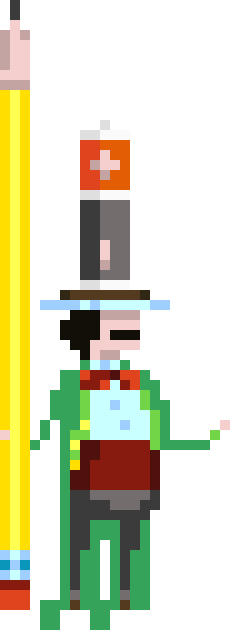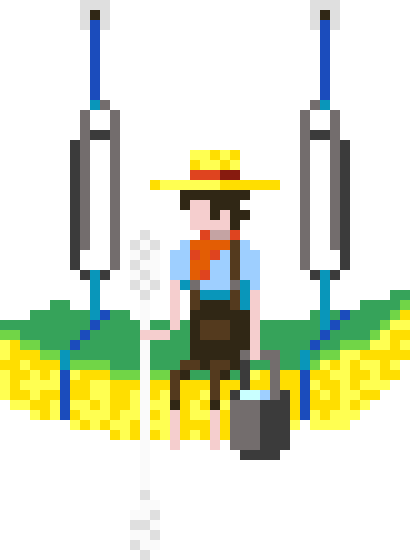



Spray sand texture is easy to apply with the right tools and will add some variation to your wall. It will not cover many imperfections. It's more expensive than orange peel, and it's harder to clean. It's not a very popular texture today, but you will see it from time to time. We heard it might have been popular in Wisconsin at one point. Sand mixes for joint compound are made, and ostensibly do sell, so someone is out there applying it.
Spray sand texture is an easy way to give your walls some character without a ton of labor. It consists of mixing some sand in your mud and spraying it on your wall. It's been around for a while, but it's never been as popular as knockdown or orange peel. It goes great with a shag carpet. It doesn't hide imperfections as well as knockdown, or even orange peel, it requires more materials, and it's hard to clean. The grittiness of the sand will tear up rags or sponges.
Repairing spray sand isn't as straightforward as orange peel either. Once you find the amount and size of the sand in the existing wall, all you need to do is spray it on. But finding the exact formulation might be a bit of work, and requires the proper equipment.
Spray sand is as easy as buying a premixed joint compound, adding water, loading up your HVLP spray gun with mud, and spraying the surface.




Spray sand is, well you guessed it, a spray texture. This means it's fairly straightforward to apply. Start with a Level 4 drywall finish. You'll need to buy a premixed texture, add water, fill up your HVLP spray gun, and go to town.
This texture will not cover the whole surface, so the drywall needs to be a smooth surface. Make sure that your wall is a Level 4 drywall finish. This means that flat joints and interior angles have been taped and have two coats of joint compound smoothed over them. Accessories and fasteners need at least three separate smooth coats.
Instead of starting with "all purpose" joint compound, premixed sand texture will make the base of the mix. Follow the directions for your specific product and mix it in a 5 gallon bucket with the prescribed amount of water. Stir by hand with a mixing paddle or with an electric drill with a mixing attachment. Keep adding water and mixing until the consistency of the mud is like pancake batter or per instructions.
Let the mud sit for a couple minutes to allow any air bubbles to escape. Give it a good stir before use if it's been sitting for a while.
It is not advised to mix your sand manually. Most spray guns are not designed to handle most sand, and it may be difficult to figure out without breaking your spray gun. Rolling it by hand will create a different look. If you are trying to match a texture, silica sand is far more common these days, but playground sand was more popular in the past.
It is important to use a hopper gun sprayer that can handle a sand texture, such as an HVLP gun. Pour the mud slowly into the hopper. You will want to test it out on a piece of cardboard first. Different nozzles, air pressure, and trigger pulls will create different textures. You can adjust these three variables to produce the texture you prefer. A smaller nozzle, more air pressure, and a lighter trigger pull will produce a thinner texture.
Always keep the gun in motion to prevent excess build up on one area of the wall. Try to keep the application even as possible. You may see portions of drywall after applying it if you do a light coat.


